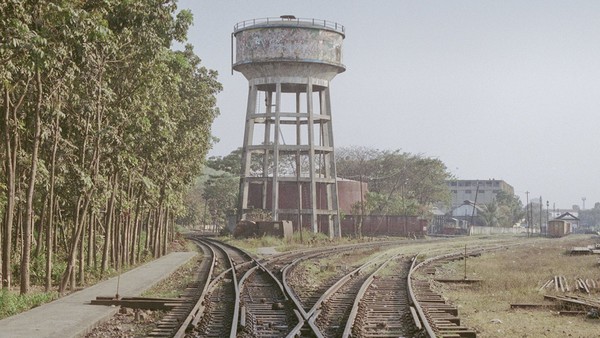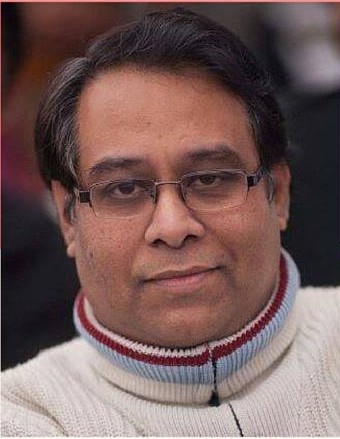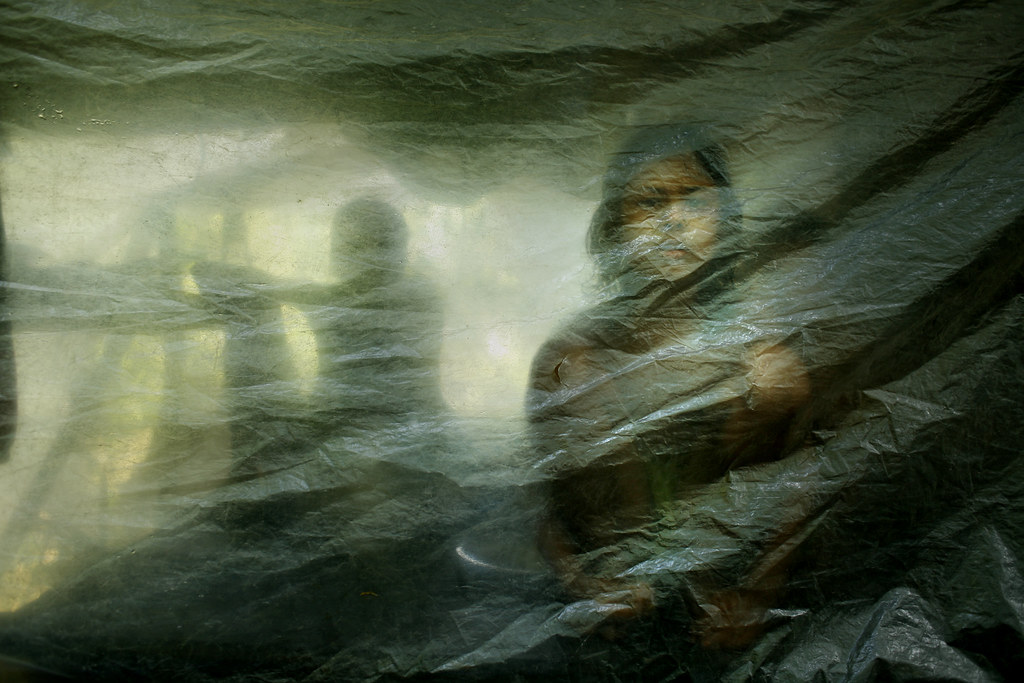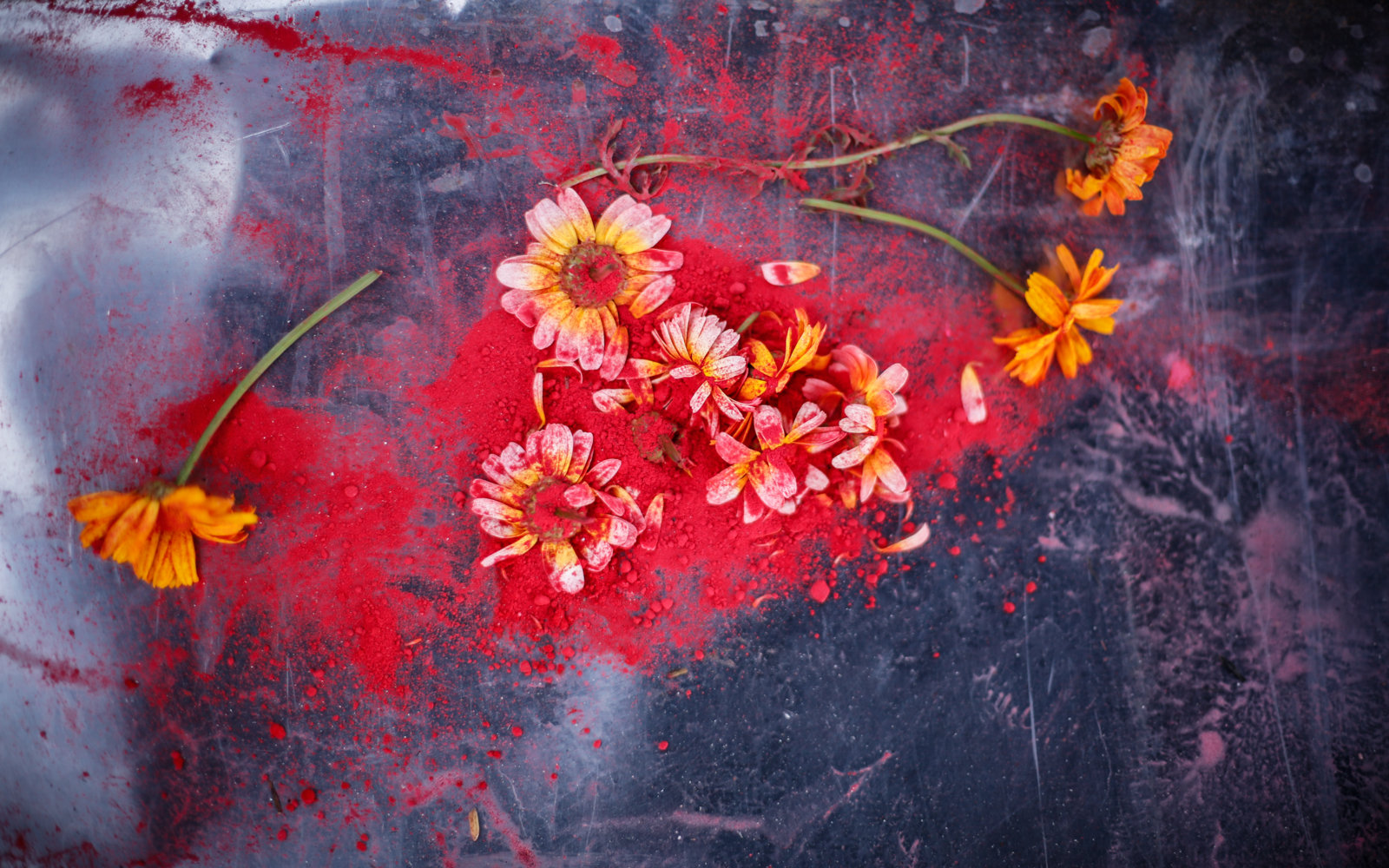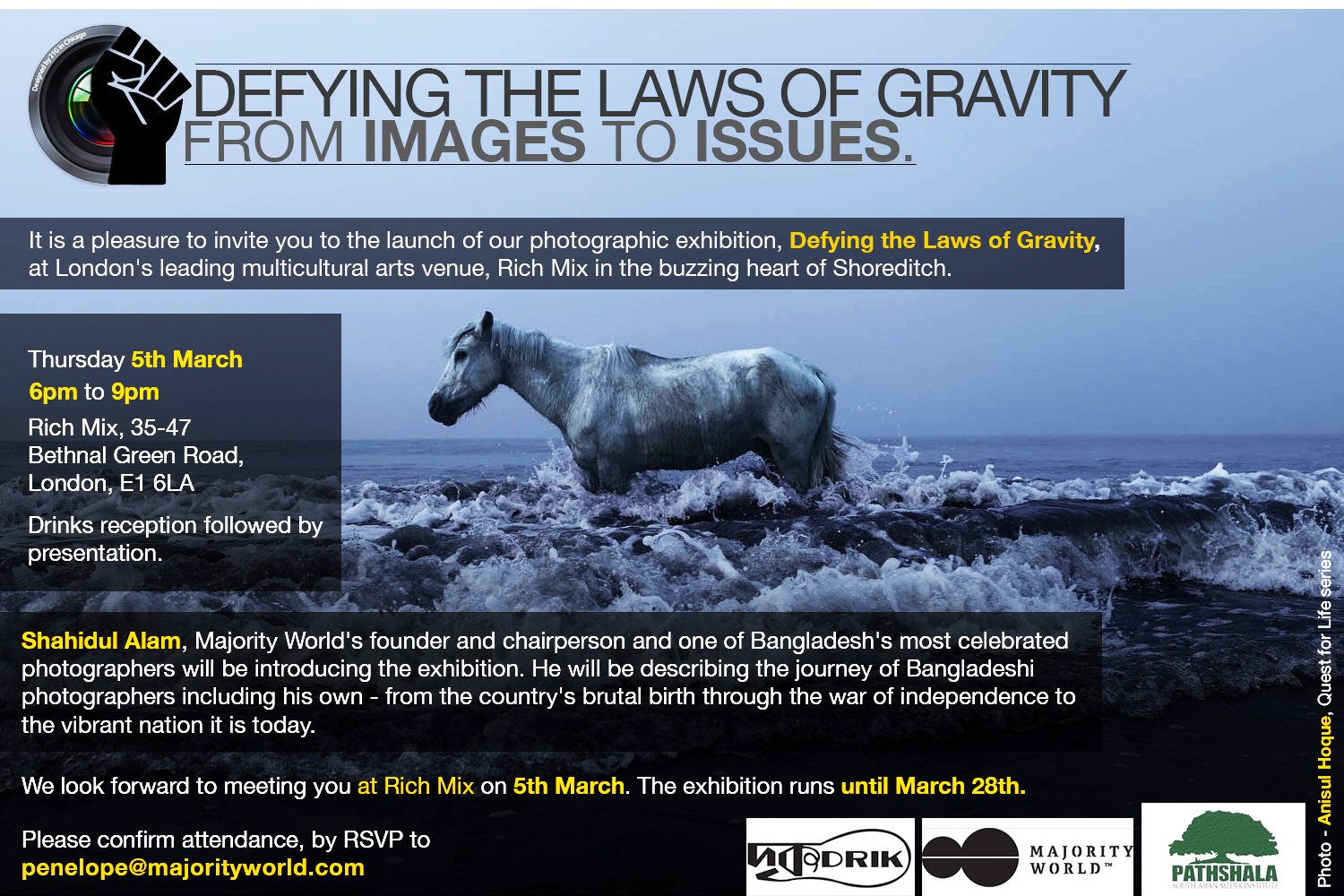OPINION – 11 MAR 2016?BY DANIEL BAUMANN Frieze.com
How a photography course in Dhaka is challenging religious and artistic prejudices

I just got back from the third Dhaka Art Summit (DAS) in?the Bangladeshi capital. DAS is the?brainchild of Nadia and Rajeeb Samdani, a young collector couple based in the city; it?s not a biennial, nor an art fair or a festival, but an?intense four-day summit. For it?s third edition, the Chief Curator of DAS, Mumbai-based Diana Campbell Betancourt, decided not to focus on a particular theme per se but on the South Asia region as a?whole, which in itself is a contradictory concept. (What exactly is South Asia? Is Australia a part of it? Sri Lanka? Iran?) She engaged several curators, including me; I was invited to organize an exhibition for the Samdani Art Award, which is given to a Bangladeshi artist between the ages of 20 and 40. Back in October 2015, I had spent a week in Dhaka meeting the 20 artists who had been shortlisted for this award by Aaron Cezar, director of the London-based Delfina Foundation. From my very first conversation with the artists, I?sensed that?we?were at the beginning of an extremely interesting week.
I learned a lot about Bangladesh ? the local scene, art education, religion and why, for instance, art?works about love do matter. Some artists I met mentioned that their partner was either Hindu or?Muslim and that they could not tell their respective families. As the?week went on, I became increasingly enthusiastic about the obvious sense?of urgency with which all of the nominated artists work: Bangladesh is rapidly changing on all levels, and?these artists are all embracing the challenge to get involved, to have their voices heard and to find appropriate forms of?expression for that.
This seemed particularly true?for many of the photographers on the shortlist. As it turned out, they all came from a single school: Dhaka?s Pathshala South Asian Media Institute. Set up in 1998?by the Bangladeshi photographer, writer, curator and activist Shahidul Alam, this private school has been dedicated to documentary photography and reportage from the beginning. Located in the central Dhanmondi/Panthapath area of Dhaka, it is a small institute for about 90 students who follow the three-year professional programme, and for about 600 students enrolled in the short, one-semester course. Initially funded by international organisations, Pathshala now is entirely supported through tuition fees. (Though relatively modest at?US$460 per semester for the professional programme, inevitably, as in Europe or the US, students are?likely to come from more affluent backgrounds, while there are scholarships allowing five students?per year to study for free.) Continue reading “New Developments: How a photography course in Dhaka is challenging religious and artistic prejudices”

